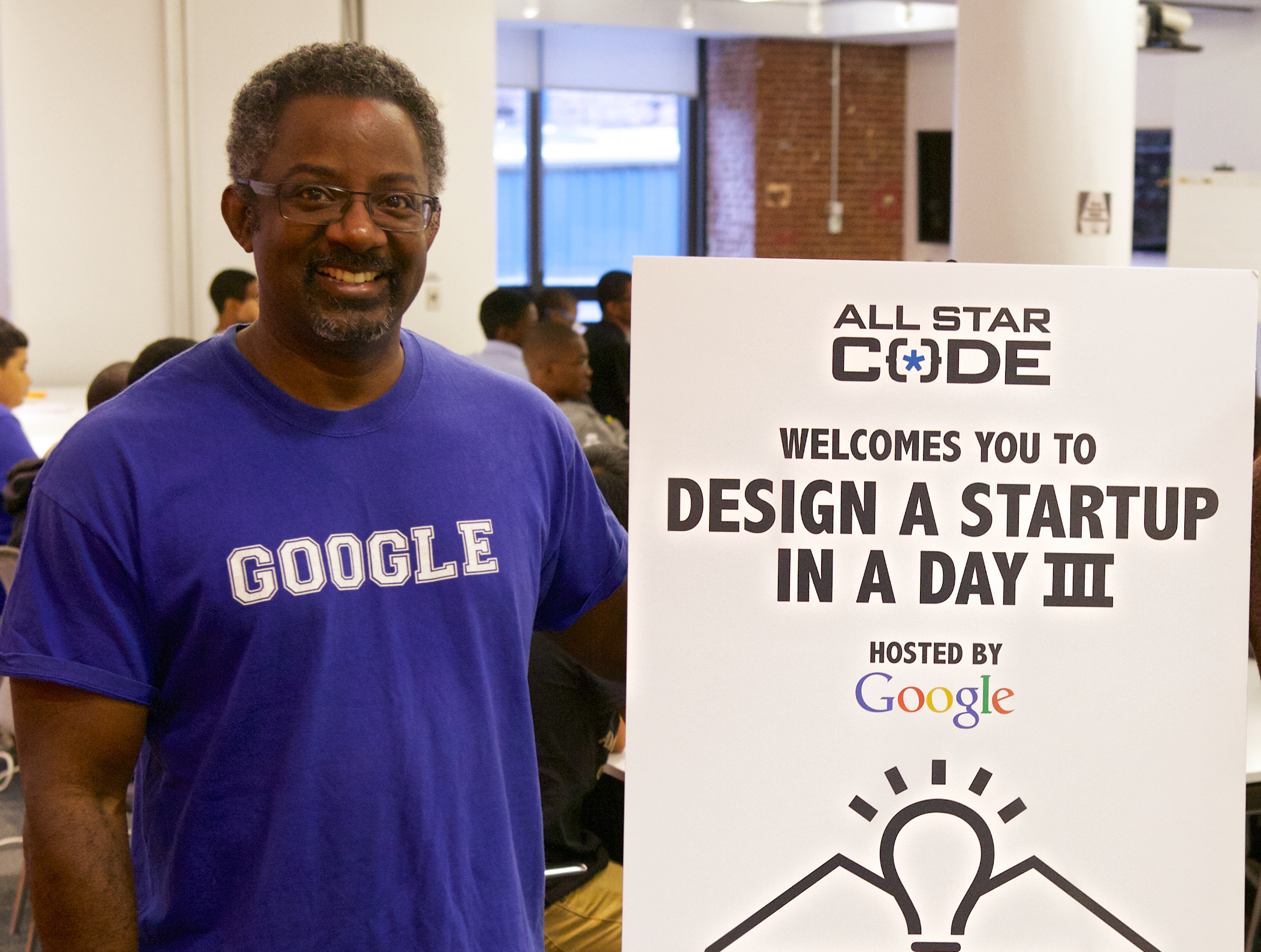
Watch Video | Listen to the Audio
JUDY WOODRUFF: A wing fragment discovered on an island in the Indian Ocean is on its way for testing to see if it belongs to a missing Malaysia airliner. The debris was carefully packaged and loaded onto a cargo flight today bound for special defense facilities in Toulouse, France.
Meanwhile, locals scoured Reunion Island’s coastline for traces of more debris. And Australian officials who are leading the search for the plane urged caution about what the wreckage means.
WARREN TRUSS, Australian Deputy Prime Minister: I’m not sure that this finding will actually enable any refinement of the search area. It is 16 months since the aircraft disappeared. This piece of debris has traveled a very, very long way, so I don’t think it will be possible to back-trace where it came from.
JUDY WOODRUFF: Boeing has confirmed the debris is a wing part known as a flaperon and the serial number found on it belongs to a Boeing 777.
Hundreds of people mourned a Palestinian toddler who burned to death in his West Bank home in a suspected arson set by Jewish extremists. Two Palestinian homes were burned in early morning firebombings. The toddler’s parents and 4-year-old brother are in critical condition. Palestinian President Mahmoud Abbas blamed the incident on Israel’s settlement policy.
MAHMOUD ABBAS, Palestinian Authority President (through interpreter): We wake up to a crime of the Israelis. It is a war crime and a humanitarian crime at the same time, so we will not stand still. We will not stand still at all. As long as the occupation and settlement exist, these acts will continue.
JUDY WOODRUFF: Israeli Prime Minister Benjamin Netanyahu visited the family in a Tel Aviv hospital and said he’d made a rare call to Abbas to express his outrage.
BENJAMIN NETANYAHU, Israeli Prime Minister: I told him of this visit and of Israel’s absolute commitment to fight this evil, to find the perpetrators, bring them to justice. We have to calm the spirits and recommit ourselves to our joint battle against terrorism and extremism.
JUDY WOODRUFF: The attack spurred clashes between Hamas supporters and Israeli police in the West Bank city of Hebron. Protesters threw rocks at Israeli vehicles as soldiers fired gas grenades to disperse the crowd. In Washington, a White House spokesman condemned the incident, calling it a vicious terrorist attack.
In Charleston, South Carolina, the white suspect in the shooting rampage at a black church entered a temporary not guilty plea today to federal hate crime charges; 21-year-old Dylann Roof is accused of killing nine worshipers last month. Roof initially wanted to enter a guilty plea, but his lawyer advised him to wait until the government decides whether to seek the death penalty.
The number of homicides in Baltimore soared to a level not seen in more than four decades. Forty-three murders were recorded in the month of July, making it the third most deadly month in the city’s history. At the same time, nonfatal shootings have reached 366 this year, compared to 200 at the same time last year. The spike in killings comes three months after riots erupted in response to the death of Freddie Gray, who died in police custody.
President Obama signed a stopgap measure into law today that funds the nation’s highway and transit projects for the next three months. The short-term patch was all that Congress could agree to before leaving for an August recess. Mr. Obama said a long-term solution is what the country needs.
PRESIDENT BARACK OBAMA: We can’t keep on funding transportation by the seat of our pants three months at a time. It’s just not how greatest country on earth should be doing its business. I guarantee you this is not how China, Germany, other countries around the world, other big, powerful countries around the world, handle their infrastructure.
JUDY WOODRUFF: The Senate did pass a long-term transportation bill yesterday, setting up discussions with the House this fall on how to fund transport projects over time.
A former governor of Virginia, Jim Gilmore, became the 17th Republican to enter the race for president. He explained why he’s running in such a crowded field in a video released on YouTube.
JAMES GILMORE, Republican Presidential Candidate: I have been looking for someone to enter the race committed to my belief that America’s economic and national security is increasingly at risk.
But I haven’t seen a response from anyone that makes me certain about their knowledge or solutions to the threats facing our nation. I do not seek the presidency because I want to be something. I seek it because I want to do something for America.
JUDY WOODRUFF: Gilmore served as Virginia’s governor from 1998 to 2002, and he launched a brief presidential bid in 2008.
Wall Street posted small losses today. The Dow Jones industrial average lost 56 points to close at 17689. The Nasdaq fell less than a point. And the S&P 500 dropped more than four points. For the week, the Dow and Nasdaq each gained nearly 1 percent and the S&P added 1.2 percent.
Despite its lack of natural snow, China’s capital city won the right to host the Winter 2022 Olympics today. The announcement came during an elaborate ceremony in Kuala Lumpur, Malaysia. The International Olympic Committee picked Beijing over Almaty, Kazakstan. Beijing will be the first city to host both the Summer and Winter Olympics.
The post News Wrap: Charleston shooting suspect enters temporary not guilty plea appeared first on PBS NewsHour.


































